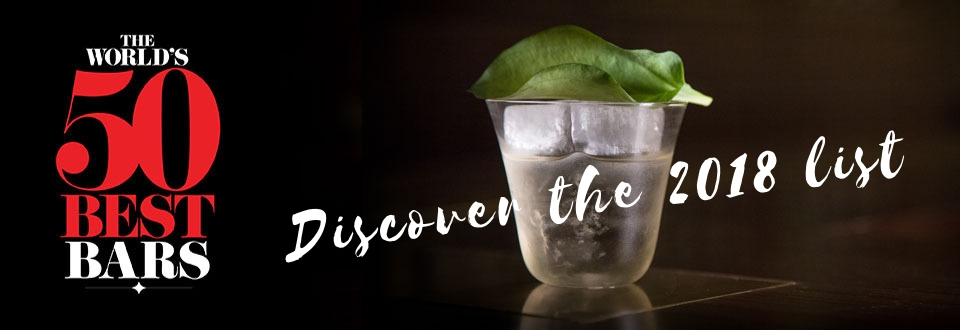[:it]World's 50 Best Bars: how does Italy rank?[:]

[:en]Every sector needs its Sacred Texts, and if for restaurants - in addition to the excessive power of Michelin - perhaps the most important ranking of all is the prestigious World's 50 Best Restaurant, for bartenders and cocktail bars the equivalent is the "beverage" version of the award , The World's 50 Best Bars.
How does it work?
There is a jury, made up of professional bartenders and industry experts, largely journalists, who are responsible for visiting the bars, reviewing them and, collectively, drawing up the ranking of the 50 best in the world. For those who know something about mixology it will not be a surprise to know that in recent years England, and in particular its capital London, has consistently occupied the top places of the 50 Best, often winning the ranking, with the well-known Savoy obliging this year to give up the scepter of the best bar in the world to Dandelyan which is also located in… London!

With 10 cocktail bars in a ranking of 50, London once again confirms itself as the capital not only of England but of world mixlogy, leaving all the supporters (including the undersigned) of the Renaissance of Italian mixing speechless, which does not seem to find any confirmation beyond national borders.
There is no doubt that in Italy the mixing tradition is ancient, honorable and honored, or at least there shouldn't be. Nor can it be said that the last 5/10 years have not seen a forceful reappearance on the Italian cocktail scene of a philosophy that rewards quality, originality and study without compromise. In short, those times when to make a Gin and Tonic you mixed the cheapest Gin found in the supermarket with a can of Tonic costing just a few cents seem to be over. Today there are cocktail bars in Italy that even distill their own gin.
Then why? What is missing from our mix not so much to enter the international rankings that count (but also a little yes, come on) but to make itself known and recognized as the cultural movement that it has become? Cultural, yes, you read that right, because behind a well-made cocktail there is a lot of culture, just like behind a well-made dish, let's be clear. There is an ingredient culture, a culture of pairing, a historical culture (because someone discovered or created that ingredient well before us, and therefore it is worth asking ourselves how he got there, because, if he wanted to obtain that and if by chance he had already found the best way to enjoy it), chemical, physical culture (sometimes they create scaffolding on these cocktails which require studies that not even an architect would need to stand up), even gastronomic, by now, given the steps taken giant that is carrying out the so-called “liquid cuisine”.
We didn't find an answer, we just let out a small, modest cry. The "best youth" of our barmaids and our bartenders is training in London, before returning (and in this case, fortunately, many return) to Italy to express their own idea of mixing, more or less mature as it is. Indeed, to be precise they don't just go to London, but they often go to the Savoy.
We do that choral work that mixing enhances every day: let's try to understand together why our art is considered so little abroad, almost nothing. But let's understand it by drinking a well-made drink, because regardless of what the rankings say, the Renaissance of Italian mixing has happened and is still stronger than ever today. Here we drink well, do any of your examiners want to try?
THE WORLD'S 50 BEST BARS: 2018 RANKING
[:]
